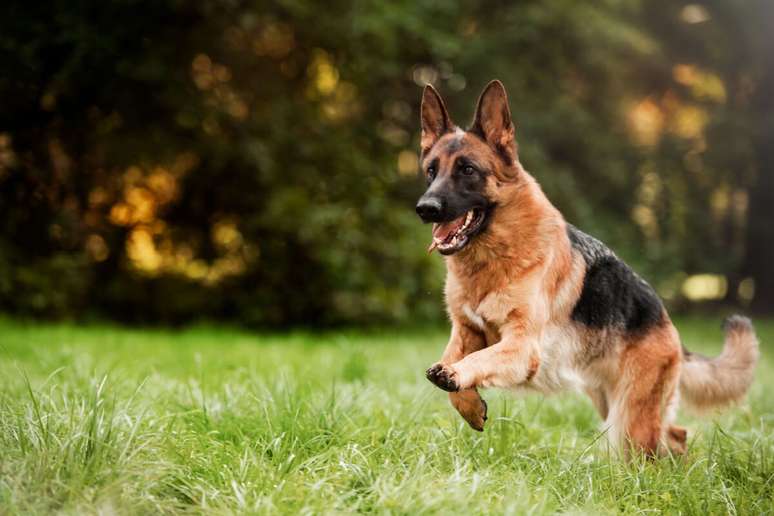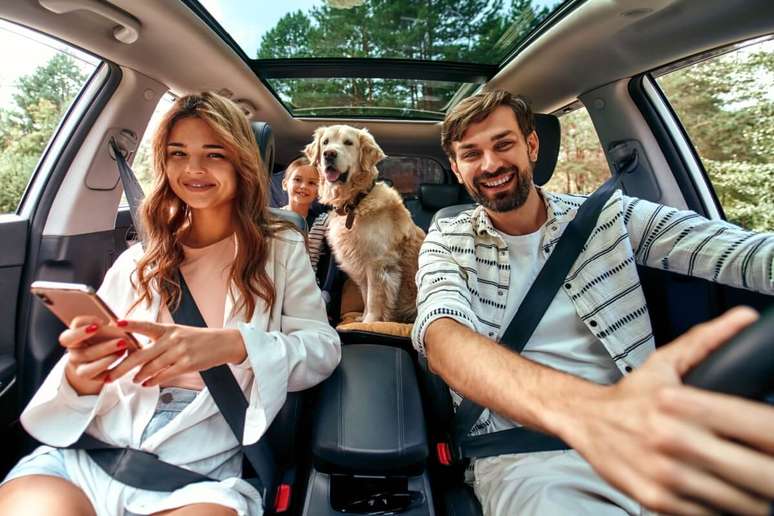The vet lists important precautions to take with your pet on the tour
Traveling with a pet can be a wonderful experience for both the pet and the owner, providing moments of fun, adventure and emotional bonding. However, it is essential to keep in mind that some precautions are essential to guarantee the health and safety of users pets in this period. Check it out below!
1. Pre-trip consultation
Leonardo de Rago, veterinarian and university professor at the Newton Paiva University Center, underlines the importance of a prior veterinary consultation. “Before the trip, it is essential to visit a trusted veterinarian to check the animal’s health status, update vaccines and carry out parasite control. The professional will also be able to provide personalized advice, such as the administration of anti-nausea medications, if necessary,” he explained. details. .
2. Identification collar
The veterinarian also underlines the need to transport the animal by car in complete safety, using special transport boxes and special seat belts to protect the animal. pets, as well as recommending the use of identification collars to avoid loss. To reduce these risks, it is advisable to use collars with identification, including the pet’s name and owner’s contact information. There are microchip options that make locating your pet even easier.

3. Organize stops
Staying in the same position in the car for hours can be uncomfortable and exhausting for everyone. In the case of animals it is no different. According to Leonardo de Rago, when they travel they need even more stops than humans. “The ideal is to stop every two hours, remove the animal from transport and allow it to walk on a leash, recover its energy and satisfy its physiological needs”, he recommends.
4. Choose a good hosting
In addition to transportation, another important aspect to consider is the accommodation of the Pet. Not all hotels, inns or camping accept the presence of pets; Therefore it is necessary to research the options available in your chosen destination in advance.
5. Pay attention to your diet
Another fundamental precaution is related to feeding your pet during the trip. It is recommended to take the dog’s usual food or food. petto avoid sudden changes in diet that could cause digestive problems.
It is also important to offer fresh, clean water frequently, especially on hot days or in places with dry climates. Some animals may experience nausea or vomiting during the journey, so it is best to avoid feeding them immediately before departure. If necessary, your veterinarian may prescribe medications to relieve symptoms.

6. Consider good leisure options
Traveling with your pet can also be an opportunity for fun and recreation for both of you. There are several destinations that offer activities and attractions petssuch as parks, beaches, trails, waterfalls and even spas.
Some places offer specialized services, such as nurseries, pet shops, trainers and even photographers. The important thing is to respect the limits and well-being of the animal, avoiding exposing it stressful situations, tiredness or danger. With planning and attention, the trip can become an unforgettable experience for the whole family.
7. Breeds that require specific care
The vet also comments that brachycephalic breeds, like pugs and bulldogs, require even more frequent stops: “These breeds have flat faces and elongated soft palates, which makes it difficult for air to pass through the airways. This can cause snoring, sneezing, coughing and even choking in stressful situations or hot,” he explains.
For this reason, Leonardo de Rago says that it is important to make more frequent stops during the trip, so that they can breathe better and hydrate. “Also, it is necessary to avoid exposing them to strong sun or very stuffy environments, as they are more likely to suffer from hyperthermia. With these precautions, owners can ensure their trips are safer and more comfortable pets“, he finishes.
By Lívia Brandão de Campos
Source: Terra
Ben Stock is a lifestyle journalist and author at Gossipify. He writes about topics such as health, wellness, travel, food and home decor. He provides practical advice and inspiration to improve well-being, keeps readers up to date with latest lifestyle news and trends, known for his engaging writing style, in-depth analysis and unique perspectives.








